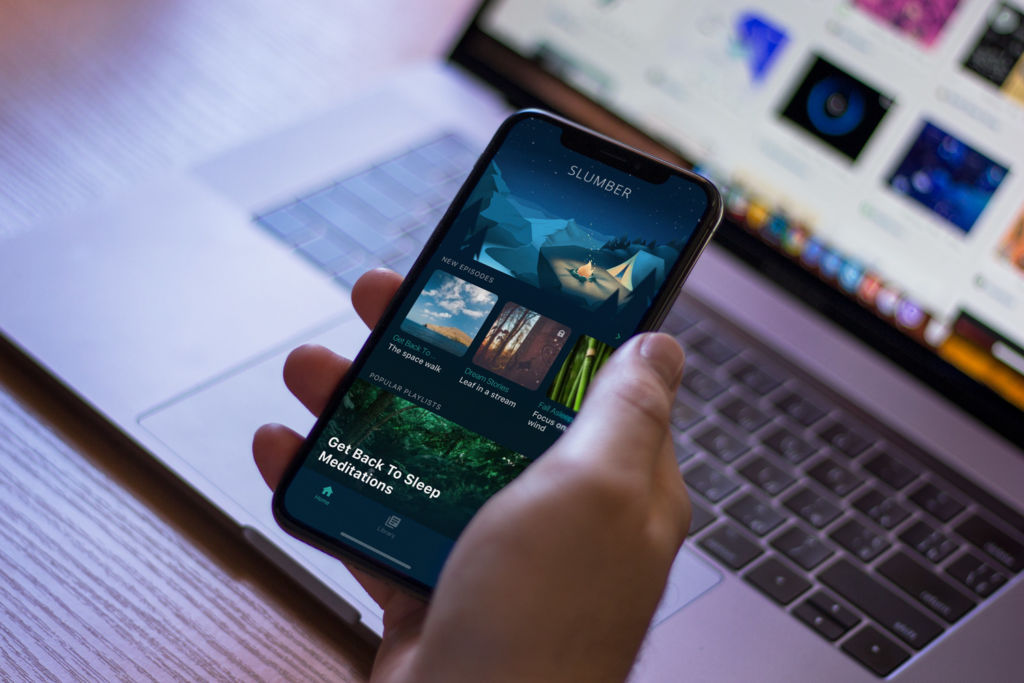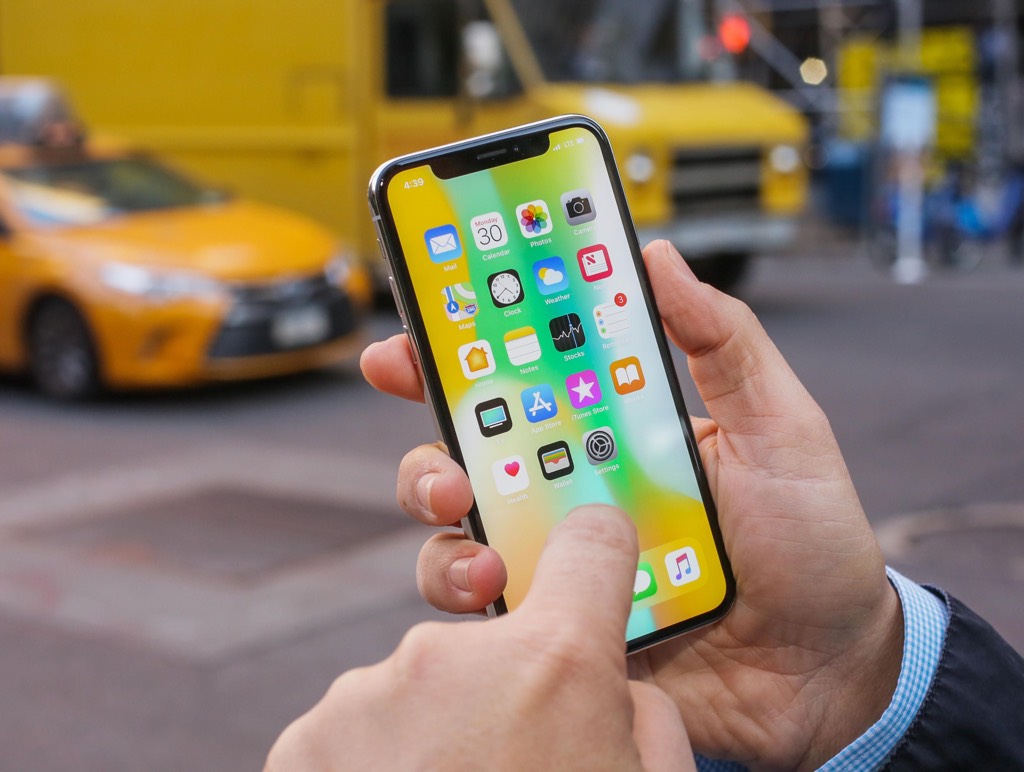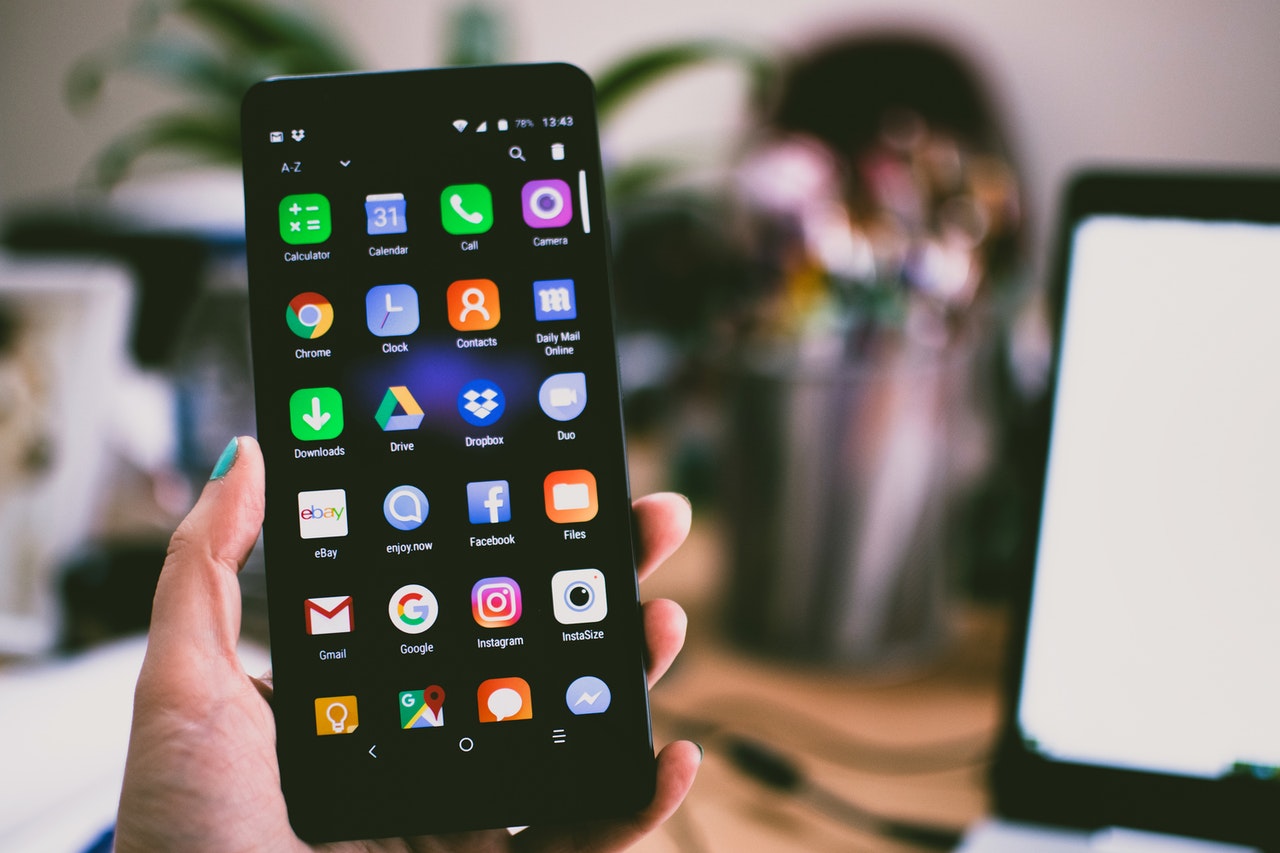Apps are being published every day on many different platforms. The Apple App Store and the Google Play Store are two of the biggest platforms that developers publish their apps to. The massive amount of apps available to download and use makes it difficult to create an app that is unique and retains users.
This article will talk about how you can create a great app that stands out in the crowded app market through the use of powerful app design principles.
1. Prioritizing Content

Less is more. Always remember this. Users have a short attention span, and you need to grab their attention within the first few seconds of them interacting with your app. When designing an app, keep the UI (User Interface) minimal and straightforward. The minimal design will keep users engaged as you will always show them important content while removing everything that isn’t.
Since mobile screens are small, they can only display a certain amount of content, and you need to make sure this content is essential to the user. Avoid overwhelming users with a lot of content, which will lead to confusion, and users will stop using the app.
Prioritizing content is tremendously essential. Users have downloaded your app because they thought they would be getting what they are looking for. You need to make sure you are showing them the content promised to them immediately. Remember, less is more. Keep it minimal and vital.
2. Intuitive Navigation
Nobody wants to learn how to navigate an application, and it should be instinct. Do not try to break the mold when it comes to navigation. Users want to understand how they can get around your app instantly after downloading it. Your app’s navigation should be simple and straightforward, and users should be able to navigate it without any explanations about how they can do so.
As stated in the first principle. Users have short attention spans. If it takes too much time and effort to navigate your app, they won’t use it.
Merely the process as much as possible. Make the navigation logical and intuitive. Doing anything else will result in your app being uninstalled immediately, being lost in the crowded app market, and being replaced by another app.
3. Element Sizes

Users interact with touchscreens to use mobile apps. This means that the user interface needs to have elements that are big enough to interact easily. Since the screen space available is small, this principle needs to be thought out, and the components need to be sized and spaced appropriately.
This design principle involves everything from making sure action buttons are not too close. Users don’t touch the wrong button when using the app, spacing out contradicting buttons such as ‘Save’ and ‘Cancel’ to avoid an infuriating situation.
It can be challenging to find the right balance between element size, placement, and content. If this proves to be too difficult a task, then hire a mobile app agency to help you through this vital process. Click here to see examples of such agencies.
4. App Typography
Readability cannot be understated when it comes to mobile typography. If users are not able to read the content being displayed, then what’s the point. Content needs to accommodate the different screen sizes that mobile devices have, all while maintaining the critical content and making sure it’s easy to read.
Spacing, layout, and font size are three of the most significant factors when dealing with mobile app typography. The use of space between content gives the user more time to absorb the information, and it doesn’t feel like there is as much text to read. This also increases approachability, ensuring users aren’t put off the app and the content it has to offer. If you are unsure how to deal with this issue correctly, then hire an app design firm to help you. This principle is essential and cannot just be thrown together.
5. Consistency

How often have you seen a mobile app design that isn’t consistent throughout the app? Not much, right? That’s because those mobile apps are not used by users and forgotten about. It would help if you made sure that your mobile app is designed consistently — no matter where the user is.
Consistency is the key to a successful mobile app design. But this isn’t just a mobile app-specific design principle. It is used on all platforms, such as desktop apps. Its importance is something that cannot be ignored.
Users are accustomed to consistent design so that they will expect it from your app. Don’t disappoint them, or they will leave the app. Having familiar pages will make using the app more comfortable and improve the user experience.
If you want to be innovative, you need to understand the dos and don’ts of mobile app design. This is where the help of an app design agency is necessary. They know what users want, and they can use their experience to help you design an app. This is innovative and provides users with a familiar experience.
6. Accessibility
This design principle makes it easy for everybody to use your mobile app, including people with disabilities. This cannot be thought about at the end of the design process; it needs to be one of the foundations of your mobile app’s design.
Focusing on this design principle will let all users have a great user experience, and you will be meeting the many regulations that require you to provide equal access to all users to your app. This is an intimidating task, so hire an app design studio to help you focus on accessibility from the ground up for your mobile app.
There are many resources available online to help you understand just how much effort is required for this principle. There are so many things that need to be accounted for. If you don’t have experience dealing with this, ask for help from a mobile app design studio to take a lot of weight off your shoulders.








